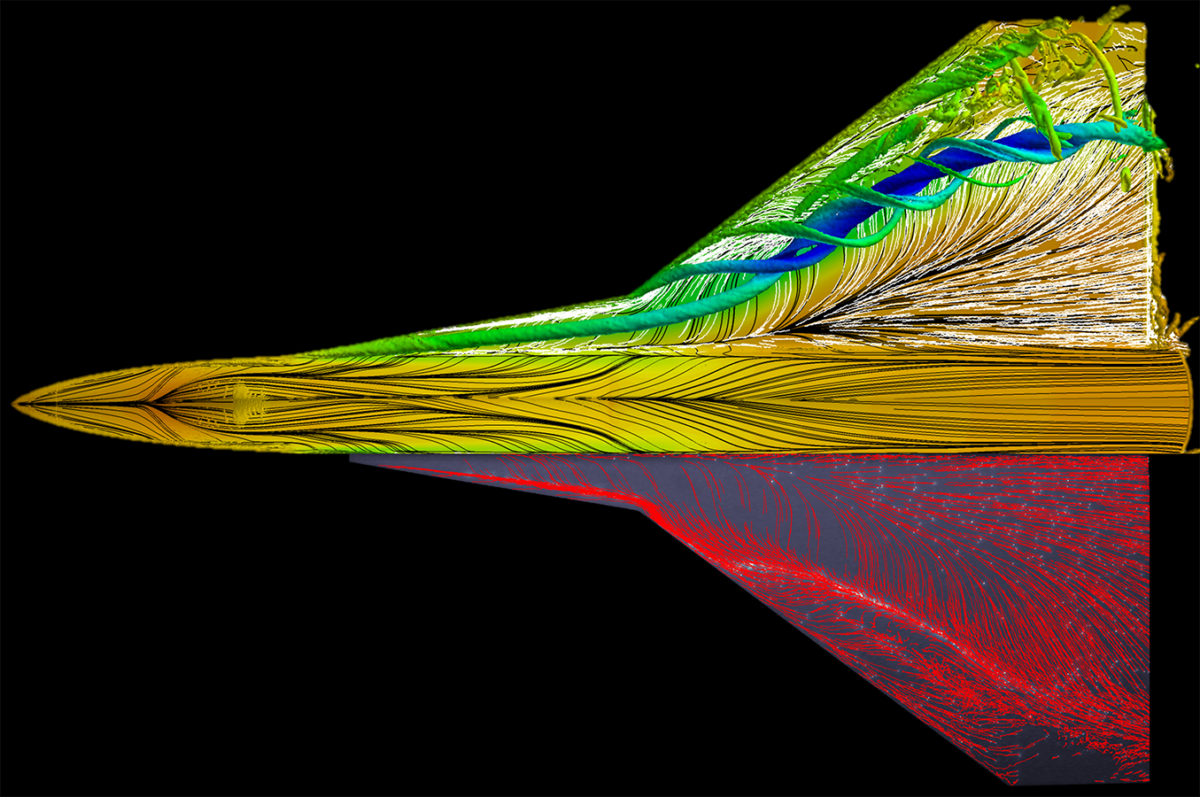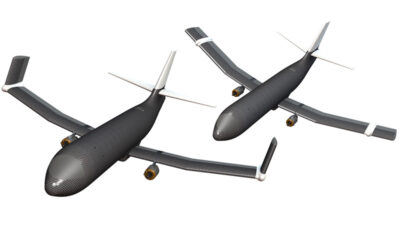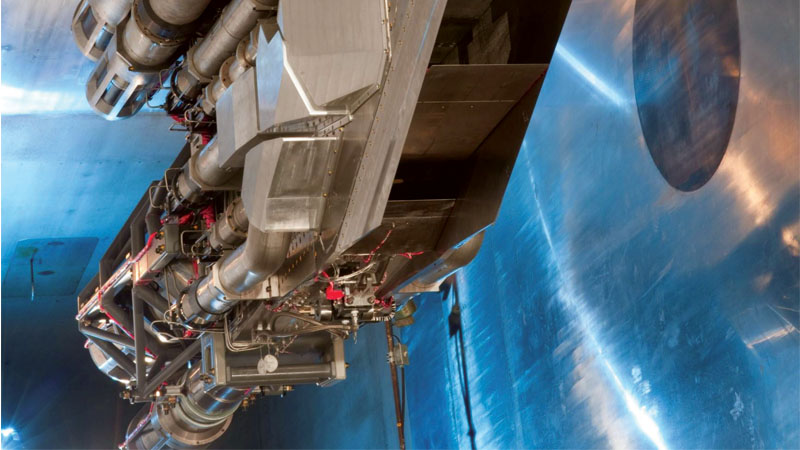Progress in the wind tunnel, virtual tunnel, air and digital spaces
By KEITH BERGERON|December 2022
The Applied Aerodynamics Technical Committee emphasizes the development, application and evaluation of concepts and methods using theories, wind tunnel experiments and flight tests.
Across industry, academic and government applied aerodynamics programs, this year was particularly noteworthy for many significant advances in aerodynamic products, analyses and technologies enabled by the integration of experiments, computer simulations, flight testing and digital engineering processes. In January, McCauley Propeller Systems of Ohio completed full-scale, powered wind tunnel testing of its C1106 propeller. The C1106 propeller was selected for the Beechcraft Denali single-engine turboprop, currently in flight testing with three test articles. The wind tunnel testing completed last December at RAUG’s tunnel facility in Emmen, Switzerland, provided key performance and operational data to compare side-by-side in the design and development process. Those data sets will also be used in future propeller designs.
In February and March, a University of Tennessee Knoxville team led by Jim Coder conducted a transonic, high-Reynolds number, semi-span test of a slotted, natural-laminar-flow wing in the 11-foot Unitary Plan Wind Tunnel at NASA’s Ames Research Center in California. The test campaign was the culmination of a five-year project supported by NASA’s University Leadership Initiative program and integrated multiple diagnostic tools, including infrared thermography, to detect laminar-turbulent transition. Four infrared cameras were trained on the model surface, which was coated with low-emissivity paint finished to below 500 nanometers of roughness to mitigate unwanted boundary layer tripping. Extensive runs of laminar flow were measured at conditions matching full-scale flight.
In February, the German Aerospace Center, DLR, concluded ground and taxi vibration tests on a ISTAR Dassault Falcon 2000LX research aircraft that had begun in 2020. The researchers are performing a systematic analysis of uncertainties for maneuver simulations by analyzing and comparing simulation results of a digital twin created in 2019 with ground test and flight test results. The tests that concluded this year consisted of taking nonintrusive measurements of the engine intake during ground operation and were followed by dedicated flight tests for parameter identifications conducted throughout the first half of the year. The team then prepared the aircraft for flight testing at the border of the envelope scheduled to begin in November. The overall goal is enhancing and accelerating product development through data model consistency, virtual flight testing and simulation-based certification.
In May, researchers at the U.S. Air Force Academy completed the initial analysis of critical flow mechanisms leading to stabilization or destabilization of leading-edge vortices present on highly swept-wing planeforms. With respect to modern fighter wings, variations of sweep induce the formation of multiple LEVs, and the vortex-vortex interaction has a strong influence on aircraft stability and post-stall maneuverability. Through high-fidelity computations and experiments, the researchers found a braiding-type interaction for some geometries, which produced a double-helix shape that significantly delays vortex breakdown. The result is that the flow provides high-lift capabilities well into the post-stall region. Other geometries showed a merging-type interaction, where the primary LEV entrains secondary vorticity, completely disrupting the vortex system and causing gradual vortex breakdown at relatively low angles of attack.
Contributors: Philipp Bekemeyer, Jim Coder, Casey Fagley, Mehdi Ghoreyshi and Anderson Gregory



































